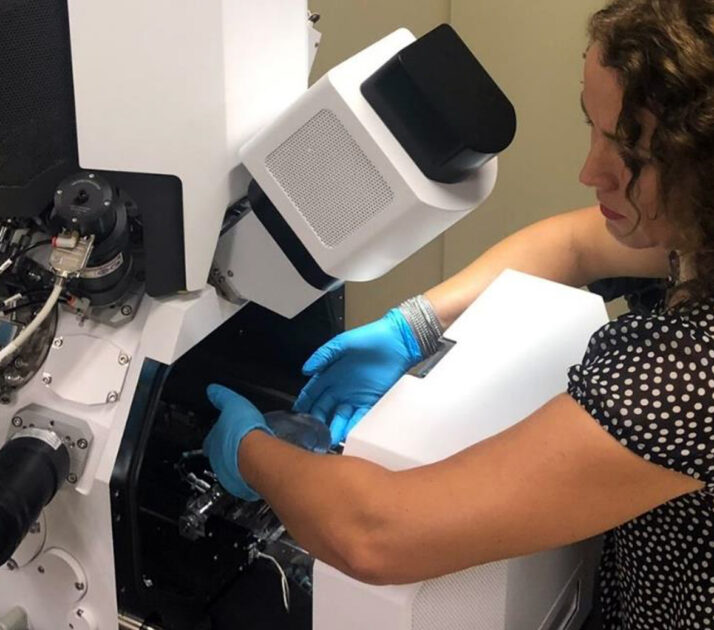The call for papers for the annual Conference on Cultural Heritage and New Technologies (CHNT) is currently open. Heritage Science Austria is organizing a special session at CHNT titled “Bridging Science and Culture: Exploring Multidisciplinary Approaches to the Knowledge and Preservation of Cultural Heritage” and welcomes your paper submissions.
At the core of the Venice Charter-1964 is the “recourse to all the sciences and techniques” in the preservation of monuments and sites. This session aims to address the role of various scientific and technological approaches in our understanding and preservation of cultural heritage. In this trajectory, the network Heritage Science Austria has been playing a pivotal role, fostering collaboration within Austria and throughout Europe through the ongoing implementation of the national node of E-RIHS. This session organized by HSA wants to offer a venue to ongoing multi- and interdisciplinary projects utilizing advanced analytical methods, such as microscopy, spectrometry, elemental analysis and XRF-based methods, gas-chromatography, thermoanalysis, microbiology, and environmental monitoring. Each of these methods plays a crucial role in understanding the composition, degradation processes, and preservation needs of cultural heritage objects, offering valuable insights into their historical significance and ensuring their long-term conservation.
Topics of interest include but are not limited to: the identification of microstructures in archaeological artifacts and artworks; analysis of surface morphology and degradation mechanisms in cultural materials; the study of microorganisms and biological growth on cultural objects; the identification of chemical composition and elemental analysis of artifacts or artworks; the determination of metal composition and analysis of corrosion products on metal artifacts; the characterization of organic materials such as resins, varnishes, and adhesives as well as the identification of organic compounds in archaeological residues; the identification of trace elements for provenance studies; the analysis of degradation products in organic materials; the investigation of thermal stability and decomposition kinetics of cultural materials the assessment of biodeterioration and microbial activity on cultural heritage objects; the identification of microbial communities in museums and collections and the evaluation of conservation strategies to mitigate microbial degradation. Last but not least we would welcome papers addressing the monitoring of environmental factors such as temperature, humidity, and pollution levels in museum spaces as well as investigation of the impact of climate change on cultural heritage preservation.
Have a look our session and submit your abstract before June 22nd!
More info on the 29th CHNT conference here!
Photo: Copyright Project Pheletypia.

